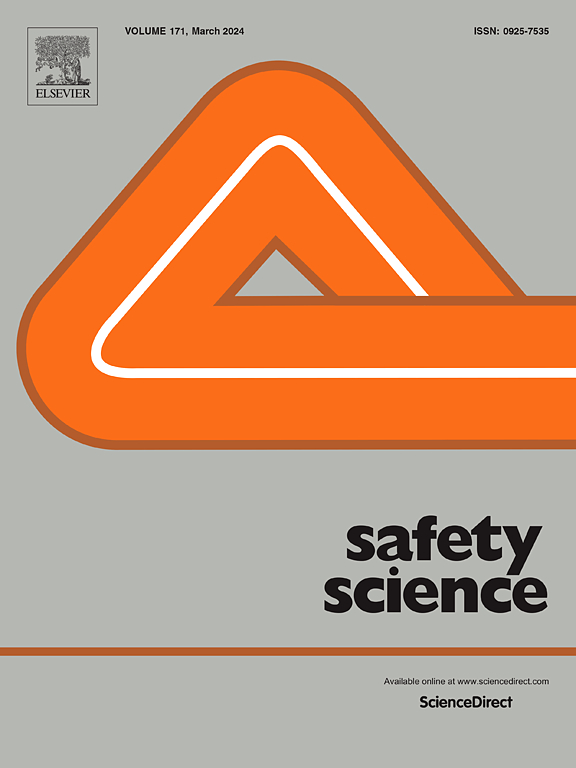The impact of the internet of things on health and safety performance at work: An empirical study of Brazilian companies
IF 4.7
1区 工程技术
Q1 ENGINEERING, INDUSTRIAL
引用次数: 0
Abstract
Industry 4.0 (I4.0) is an emerging topic, and its effects on Occupational Health and Safety (OHS) remain uncertain. The Internet of Things (IoT) is one technology used to monitor variables through sensors in the workplace. By enabling the transmission, monitoring, and control of variables from both the environment and employees, IoT can affect workplace risks and OHS. This study aims to analyze and evaluate the impact of the IoT on workplace risks and OHS performance, considering organizational factors as moderators in the proposed relationships. A survey was conducted with OHS specialists in Brazilian companies. Partial Least Squares Structural Equation Modeling (PLS-SEM), which is a multivariate statistical method was used for quantitative data analysis. The results show that IoT significantly reduces workplace risks, which, in turn, positively impacts OHS performance. Indirectly, by reducing workplace risks, IoT improves OHS performance. Additionally, the results support that organizational factor mediate the relationship between environmental risks and OHS performance and show that organizational factors positively influence OHS performance. The findings suggest that managers should consider organizational factors to enhance OHS performance. The authors did not find empirical studies linking IoT and OHS in the Brazilian context. This study addresses this gap and makes an original contribution to the existing literature.
求助全文
约1分钟内获得全文
求助全文
来源期刊

Safety Science
管理科学-工程:工业
CiteScore
13.00
自引率
9.80%
发文量
335
审稿时长
53 days
期刊介绍:
Safety Science is multidisciplinary. Its contributors and its audience range from social scientists to engineers. The journal covers the physics and engineering of safety; its social, policy and organizational aspects; the assessment, management and communication of risks; the effectiveness of control and management techniques for safety; standardization, legislation, inspection, insurance, costing aspects, human behavior and safety and the like. Papers addressing the interfaces between technology, people and organizations are especially welcome.
 求助内容:
求助内容: 应助结果提醒方式:
应助结果提醒方式:


